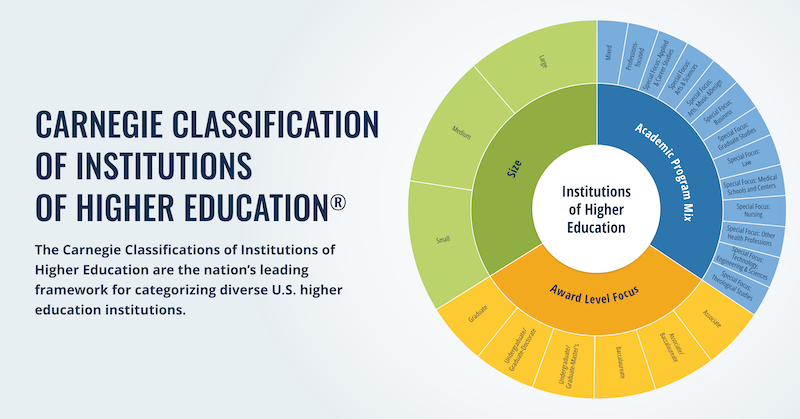Three Primers: College Access, College Affordability, and Economic Outcomes
Earlier this year, the Carnegie Postsecondary Commission released its inaugural vision paper, “Revitalizing Higher Education: A Blueprint for Transformative Change.” As a precursor to this release, we commissioned the HEA Group to produce three baseline papers, as the Commission considered ideas and endeavors that will lead to transformational change of the American higher education system, and promise increased access, affordability, and meaningfully improved outcomes for students enrolled in postsecondary school, especially those furthest from opportunity.
Understanding College Access
This paper provides a general overview on college access. Specifically, who attends college nowadays, where they come from, and the disparities between those populations.
Understanding College Affordability
This paper examines how much college costs students at institutions across the United States. Beyond the average student, it also looks at the out-of- pocket costs for low- and moderate-income students, specifically those from families with incomes below $75,000 per year.
Understanding College Economic Outcomes
This paper examines the economic outcomes that students obtain by pursuing a postsecondary credential in the United States. Specifically, it looks at how much they earn, whether there are differences between demographics, and whether they earn more than someone with no college experience.
July 25, 2024
At Carnegie, the heart of our work is to make education a much more powerful engine of economic opportunity for all. We are working to transform the American high school, partnering with the XQ Institute, pathfinding educators, school systems, and states and leading institutions across the nation.
August 28, 2024
Explore this thoughtful Q&A with National Association of State Boards of Education (NASBE) President and CEO Paolo DeMaria as he shares his journey as a public servant and state leader in Ohio as well as a nationally regarded education policy voice.







